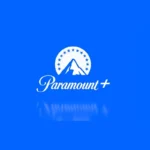Harry Potter films hold a special place in the hearts of fans worldwide. Since the first movie debuted in 2001, the magical series has captured the imagination of audiences through eight incredible films. Each movie brings its own unique charm and interpretation of J.K. Rowling’s beloved books, making it fun to compare and rank them.
The Prisoner of Azkaban consistently ranks among the top Harry Potter films, with many critics and fans praising its darker tone and Alfonso Cuarón’s distinctive direction. While opinions vary widely about which film deserves the top spot, most rankings place Deathly Hallows Part 2 and Prisoner of Azkaban in the upper tier, with Chamber of Secrets often appearing lower on lists despite its faithful adaptation of the source material.
The debate about which Harry Potter movie reigns supreme continues to spark passionate discussions among fans of the Wizarding World. From the innocence of Philosopher’s Stone to the epic conclusion in Deathly Hallows, each film contributes something unique to the overall saga that transformed how magical stories are told on screen.
Harry Potter Movies Ranked (Best to Worst)
1. Harry Potter and the Prisoner of Azkaban (2004)
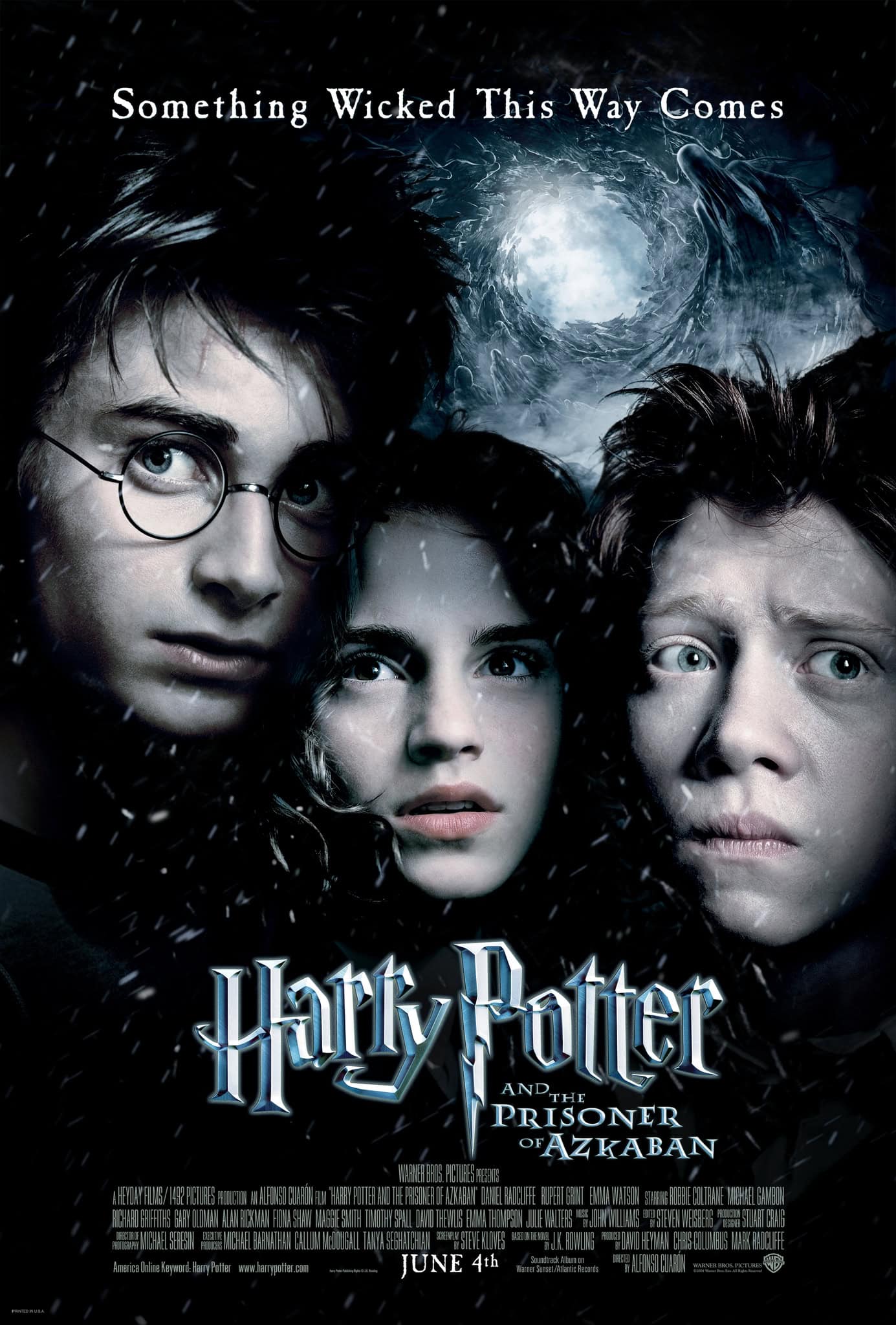
Directed by Alfonso Cuarón
Cuarón’s stylistic take reshaped the tone of the entire series. With a darker, more mature atmosphere, stunning cinematography, and strong performances, Azkaban is often considered the most “cinematic” entry. It also introduces time travel, deepens character arcs (especially Sirius Black and Remus Lupin), and breaks free from the more whimsical structure of the earlier films.
2. Harry Potter and the Deathly Hallows: Part 2 (2011)
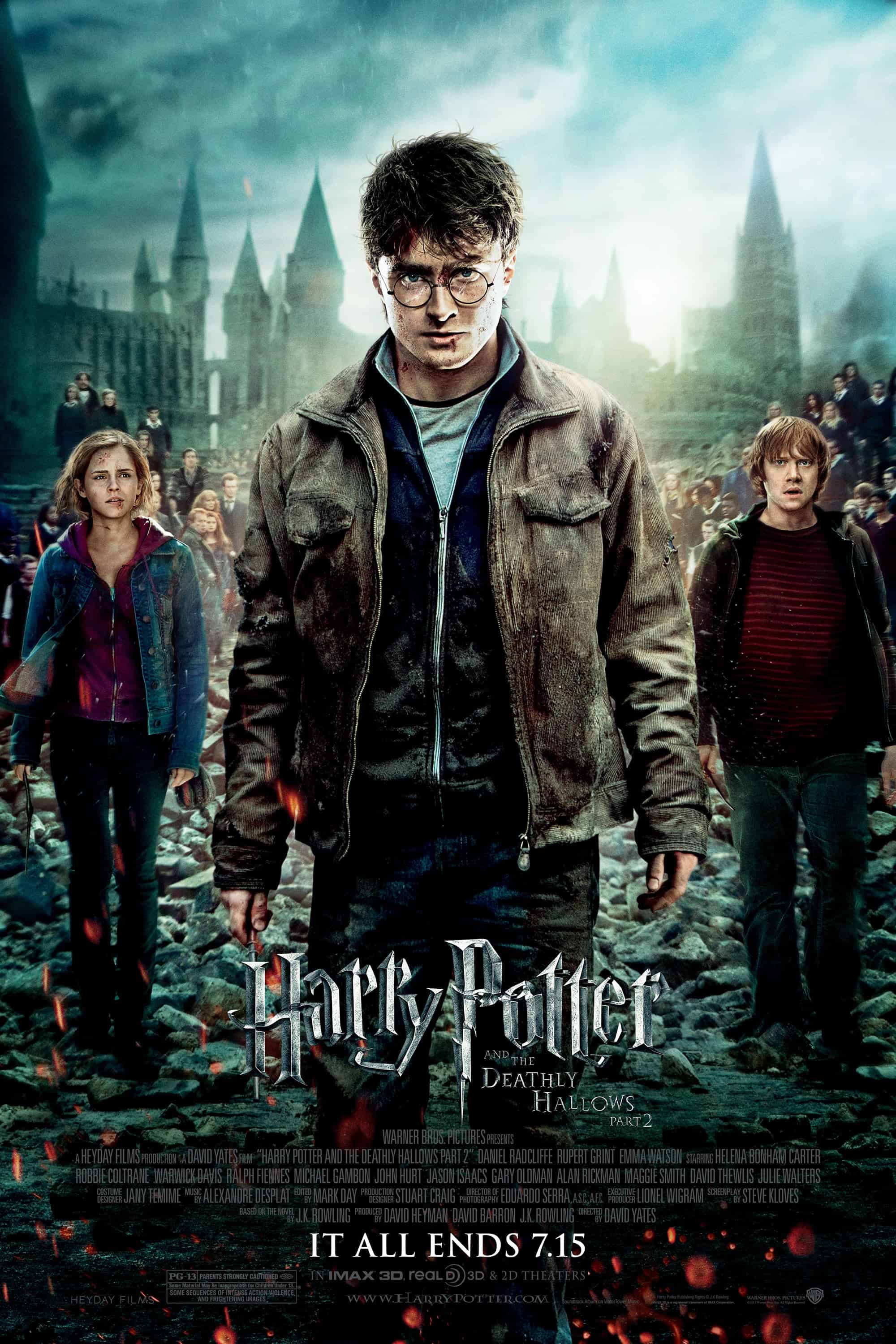
Directed by David Yates
The epic finale delivers on spectacle and emotion. It wraps up character arcs with heart-wrenching moments (Snape’s memories, Harry facing death) and an all-out battle for Hogwarts. While it deviates in places from the book, its sheer intensity and payoff make it a favorite for many fans.
3. Harry Potter and the Goblet of Fire (2005)
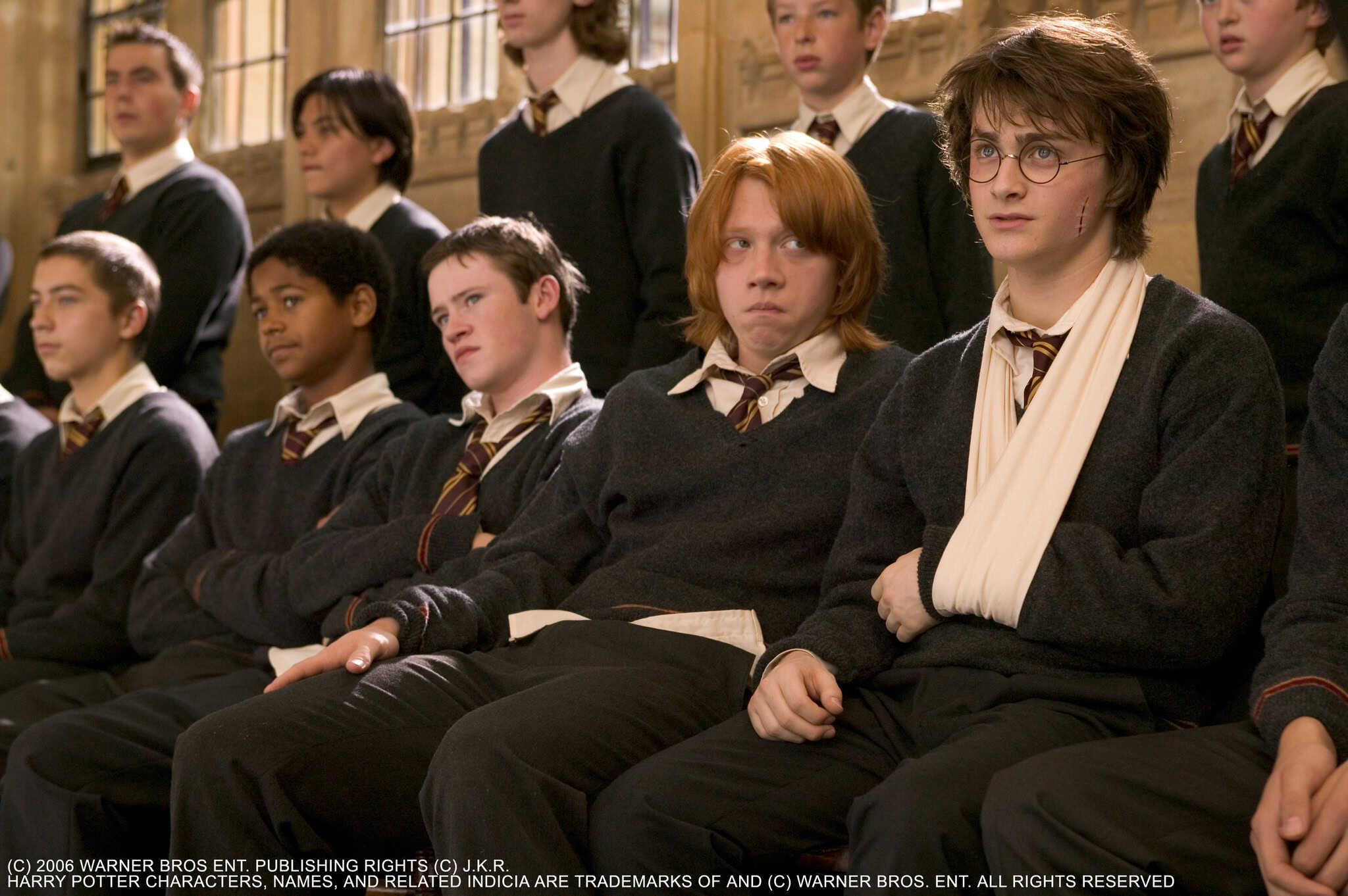
Directed by Mike Newell
A turning point in the series — darker, riskier, and filled with teen angst and dragons. It introduces Voldemort in full form, raises the stakes permanently, and has one of the most devastating endings. The Triwizard Tournament also keeps the pace exciting and varied.
4. Harry Potter and the Half-Blood Prince (2009)
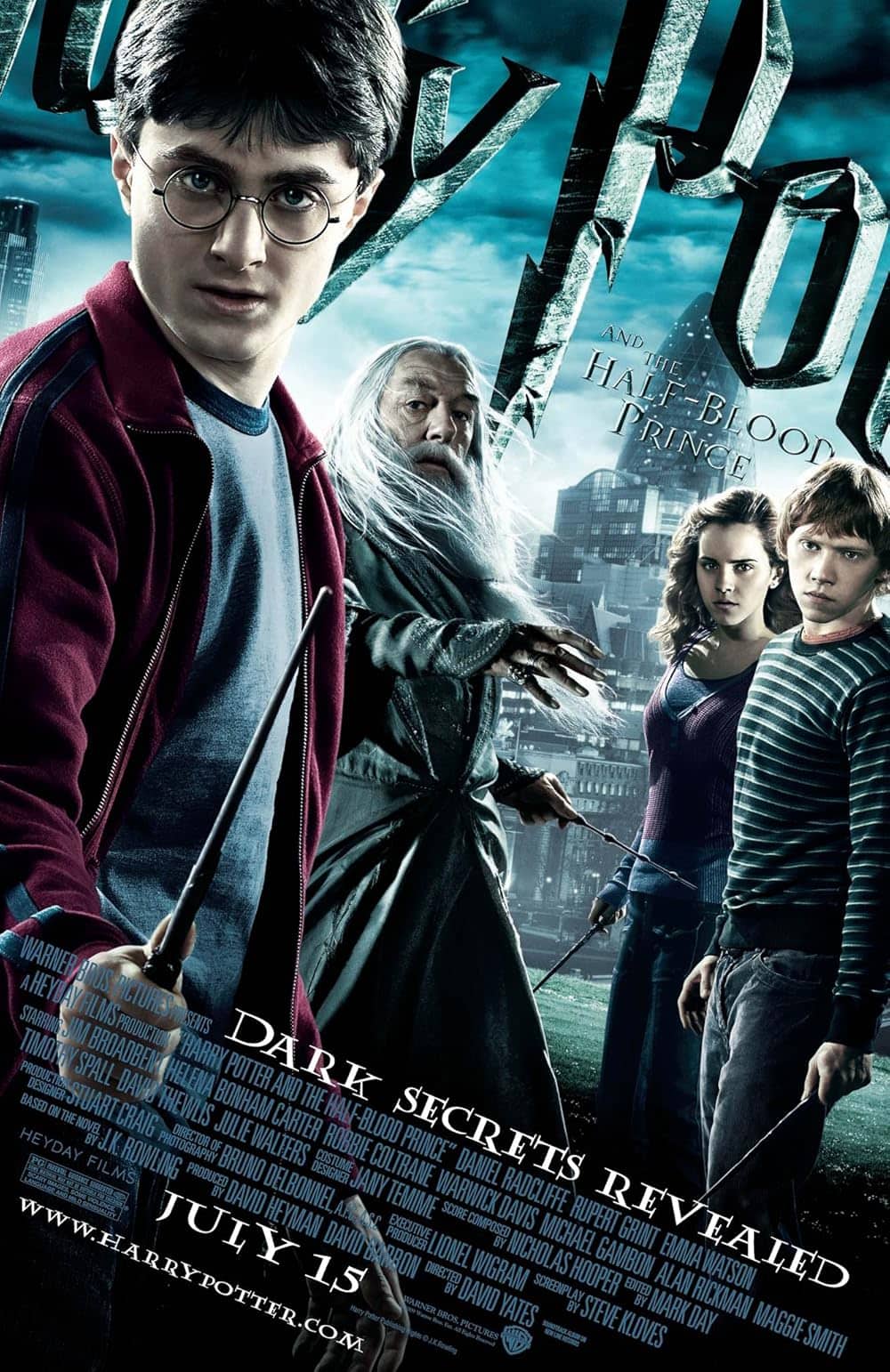
Directed by David Yates
Visually rich and emotionally loaded, this entry blends romantic subplots with the chilling rise of Voldemort. Dumbledore’s final moments and the deeper look into Tom Riddle’s backstory elevate this to a standout. Some fans find the humor a little misplaced, but it’s still among the most mature films.
5. Harry Potter and the Philosopher’s Stone (2001)
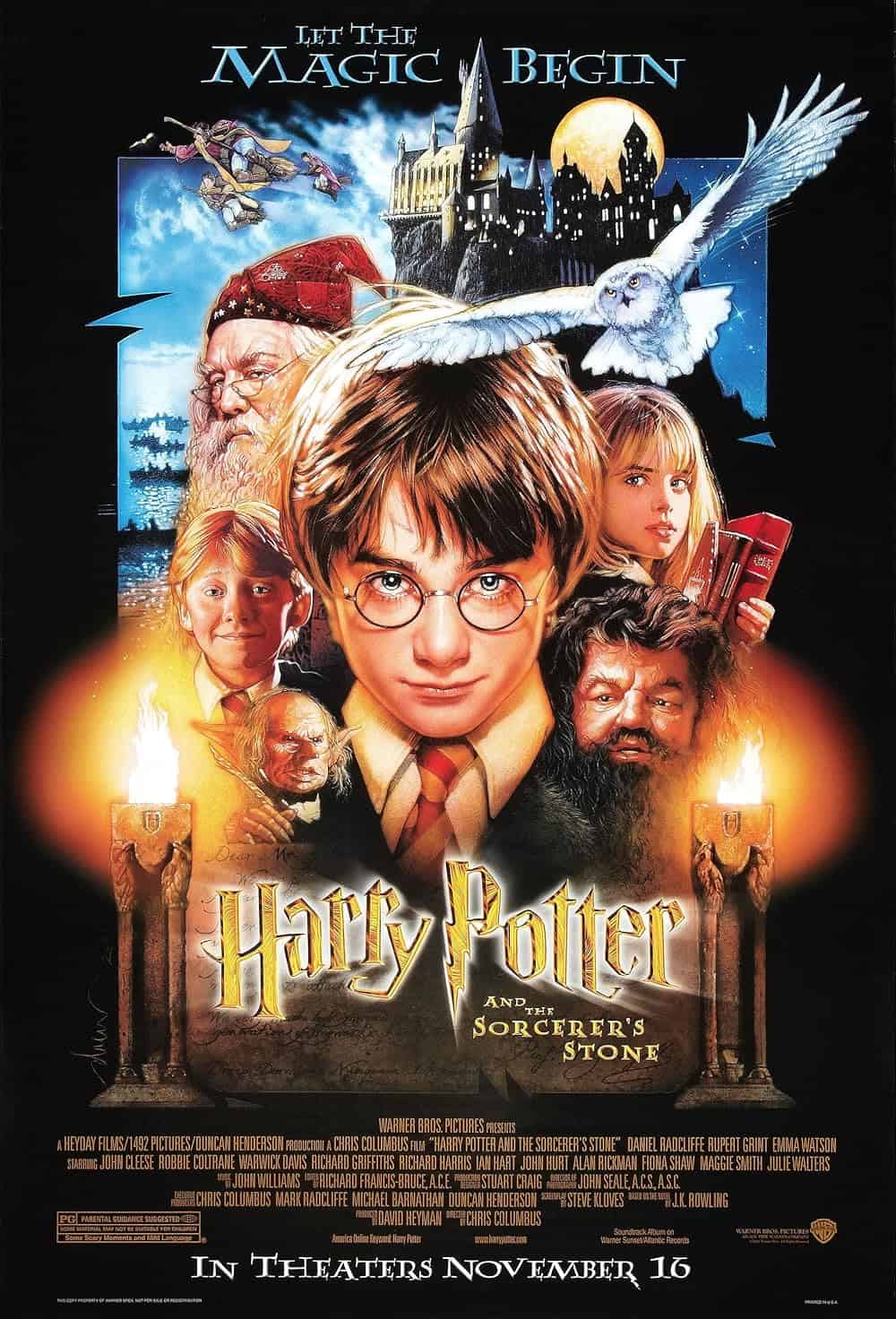
(a.k.a. Sorcerer’s Stone in the U.S.)
Directed by Chris Columbus
The film that started it all captures the pure magic of discovering the Wizarding World. While more lighthearted and child-focused than later entries, it’s a near-perfect adaptation and lays the foundation for everything that follows. The sense of wonder here is unmatched.
6. Harry Potter and the Order of the Phoenix (2007)
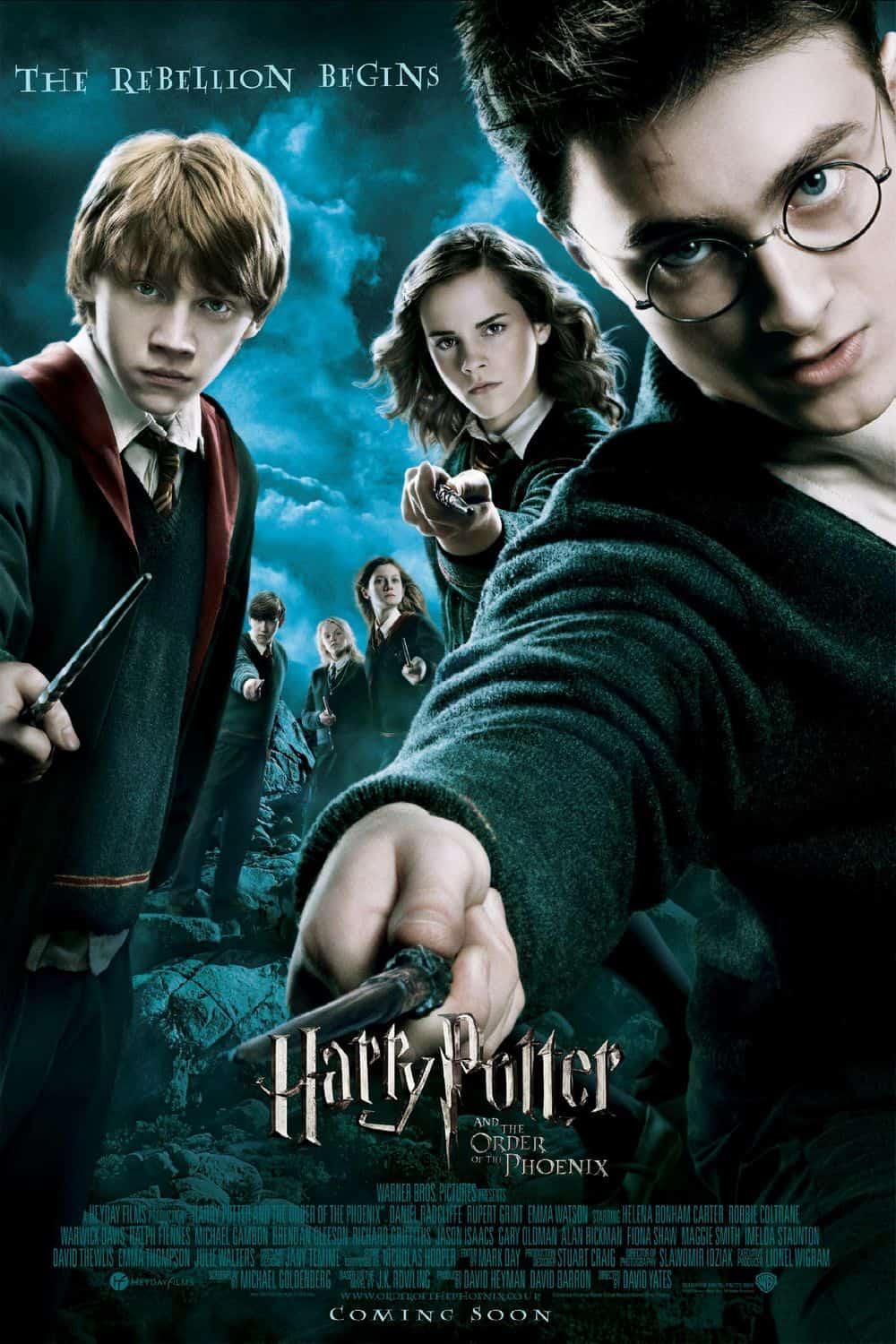
Directed by David Yates
Tight and intense, this is the shortest film despite adapting the longest book. It introduces fan-favorite Luna Lovegood and villainous Dolores Umbridge. While some book fans miss certain details, the emotional payoff — particularly Sirius Black’s arc — hits hard.
7. Harry Potter and the Deathly Hallows: Part 1 (2010)
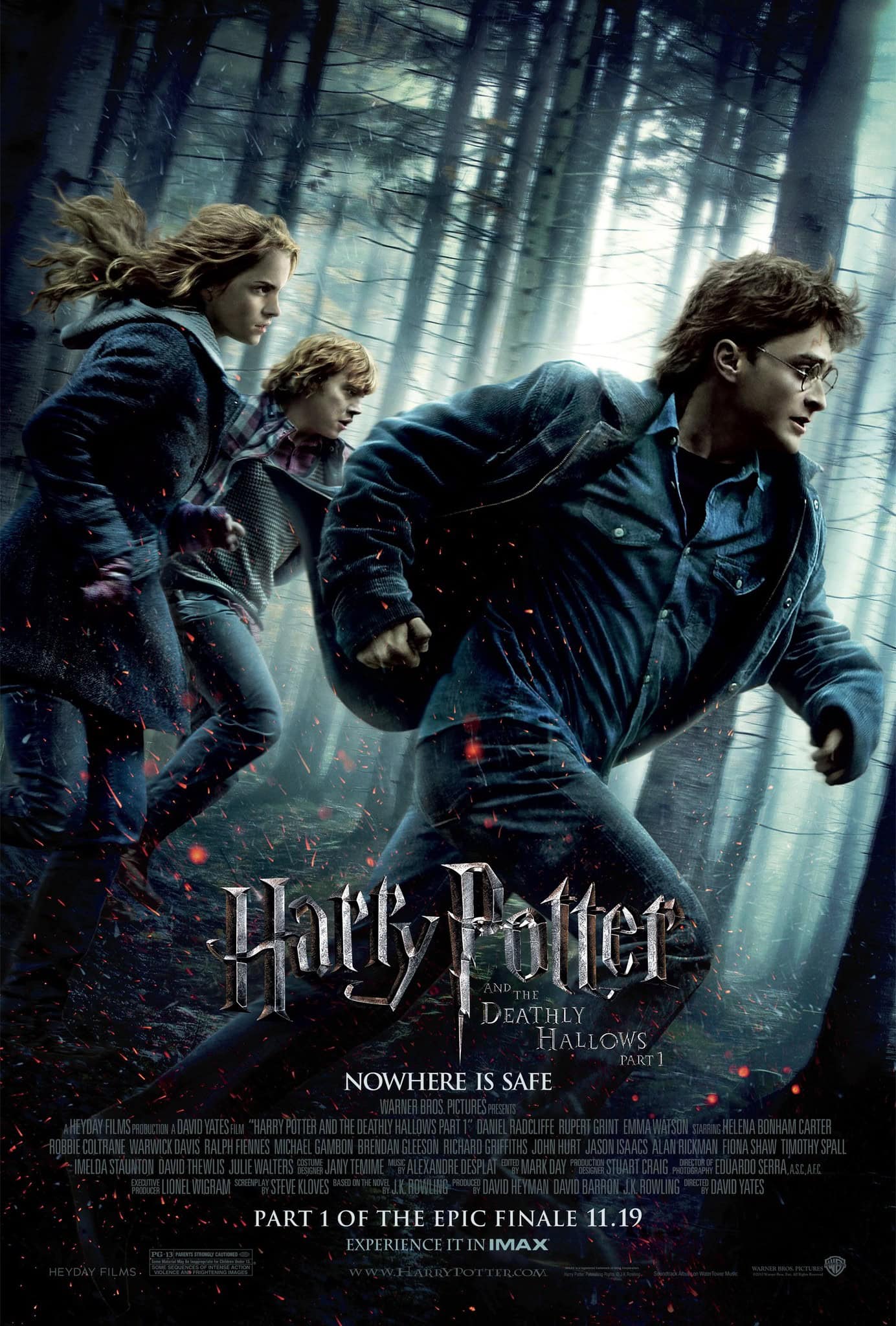
Directed by David Yates
Slower and more introspective, this film is heavy on character development and atmosphere. It captures the isolation and tension of the trio’s mission but lacks the momentum of the finale. Still, key scenes like the animated “Tale of the Three Brothers” and Hermione wiping her parents’ memories are unforgettable.
8. Harry Potter and the Chamber of Secrets (2002)
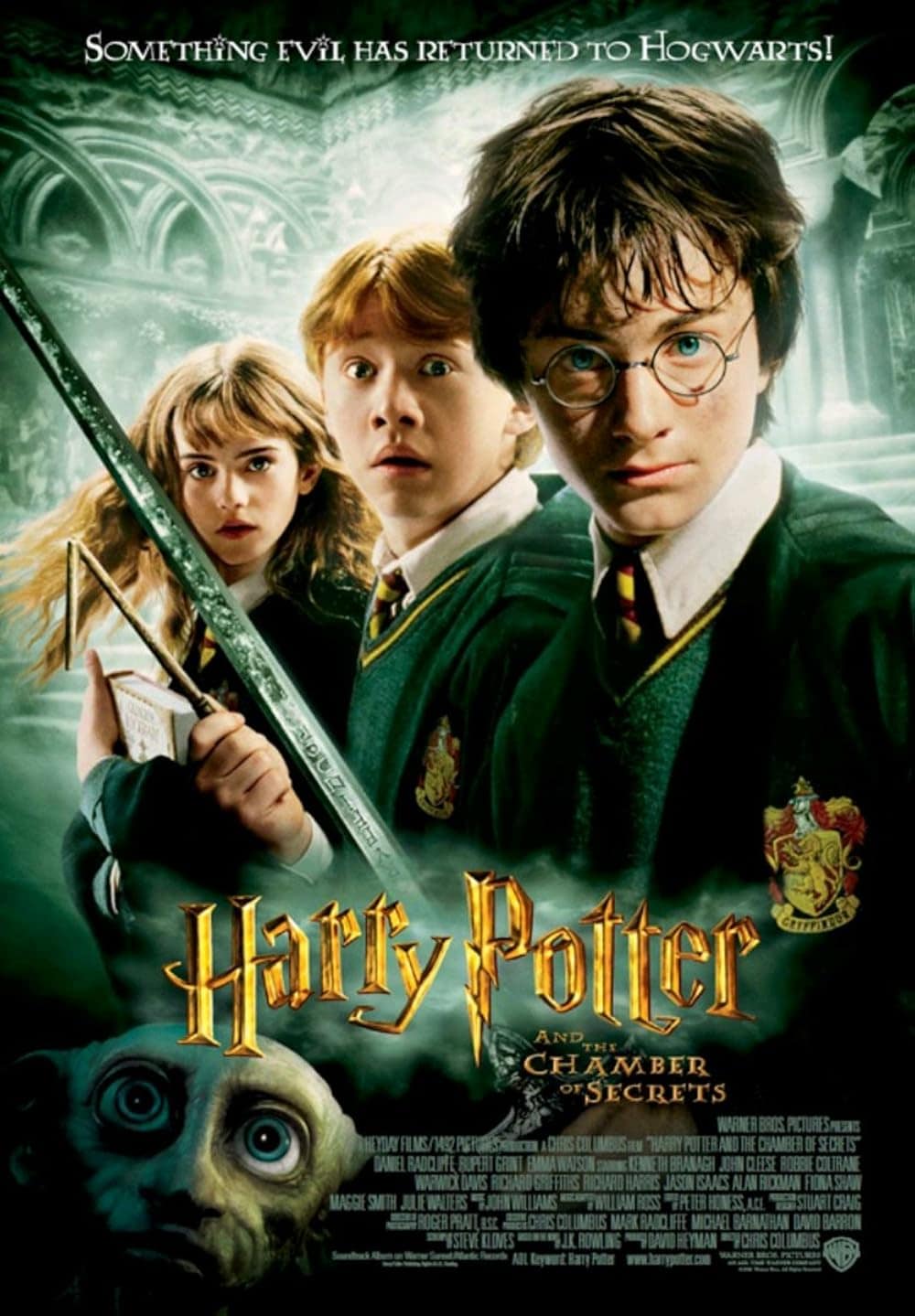
Directed by Chris Columbus
Despite being one of the most faithful adaptations, this film is often ranked lowest for its lengthy runtime and slower pacing. However, it still has standout elements: Dobby’s introduction, Tom Riddle’s diary, and a creepy dive into Hogwarts’ darker side. It just doesn’t quite soar like the others.
Key Takeaways
- Rankings typically place Prisoner of Azkaban and Deathly Hallows Part 2 among the best Potter films due to their emotional depth and cinematic quality.
- Fan preferences often differ dramatically from critical consensus, with some favoring the earlier, more lighthearted entries in the series.
- The Harry Potter film series evolved dramatically in tone and visual style across its decade-long run, reflecting the characters’ growth and the darkening storyline.
Evolution of the Harry Potter Film Series
The Harry Potter film series transformed from a faithful children’s adaptation to a darker, more mature franchise over its decade-long run. This evolution reflected both the aging of the characters and the changing vision of different directors who brought their unique styles to the wizarding world.
Adaptation of Source Material
The first two films, directed by Chris Columbus, remained extremely faithful to J.K. Rowling’s books. “Harry Potter and the Sorcerer’s Stone” carefully recreated nearly every scene from the novel, establishing the magical world for viewers.
As the series progressed, the adaptations became more selective. Screenwriter Steve Kloves faced increasing challenges condensing longer books into single films. “Goblet of Fire” notably cut several subplots while maintaining the tournament’s core story.
By the time “Deathly Hallows” was split into two parts, filmmakers had learned to focus on emotional resonance rather than including every detail. This approach allowed essential character moments to breathe while trimming background elements.
The later films particularly emphasized Harry’s personal journey and connections to Voldemort rather than some of the books’ worldbuilding elements.
Development in Storytelling and Cinematography
The visual style of the films evolved dramatically across the series. Columbus established a bright, wonder-filled aesthetic that captured the magic of Hogwarts through a child’s eyes.
When Alfonso Cuarón took over for “Prisoner of Azkaban,” he introduced a more fluid camera style, natural lighting, and contemporary teenage clothing. This shift reflected the characters’ adolescence and the story’s darker turn.
Later films embraced increasingly somber palettes. “Half-Blood Prince” used distinctive color grading with greenish hues to create an ominous atmosphere. The cinematography became more sophisticated, with hand-held cameras adding urgency during action sequences.
The storytelling matured as well, focusing more on character development and complex themes of death, sacrifice, and moral ambiguity as the series progressed.
Influence of Directors
Each director brought their unique vision to the franchise. Chris Columbus created a faithful foundation with “Sorcerer’s Stone” and “Chamber of Secrets,” establishing the magical world with childlike wonder.
Alfonso Cuarón revolutionized the series with “Prisoner of Azkaban,” introducing artistic cinematography and emotional depth that would influence all subsequent films. His work marked a turning point toward more mature storytelling.
David Yates directed the final four films, bringing consistency to the series’ conclusion. Under Yates, the films became increasingly action-oriented and visually dark, reflecting the war against Voldemort.
Yates’ extended tenure allowed him to fully develop the characters’ growth from teenagers to young adults. His approach balanced magical spectacle with the emotional core of Harry’s journey, culminating in the epic finale of “Deathly Hallows Part 2.”
Cultural Impact and Legacy
The Harry Potter film series has transformed modern cinema and entertainment, creating a cultural phenomenon that continues to influence new generations decades after the first film debuted in 2001.
Enduring Popularity of the Franchise
Harry Potter’s journey from page to screen created an unprecedented global following that remains strong today. The films have become holiday television staples and continue to attract new viewers through streaming platforms.
The immersive world of Hogwarts, with its moving staircases and enchanted ceiling, provided fans with an escape that feels both magical and oddly familiar. Characters like wise Dumbledore and the terrifying Voldemort became cultural touchstones.
Themed attractions at Universal Studios allow fans to physically step into recreations of iconic locations. The final installment, Harry Potter and the Deathly Hallows – Part 2, broke box office records and concluded the series with emotional impact.
Merchandise sales continue to thrive, with wands, house robes, and other memorabilia remaining popular purchases for fans of all ages.
Contribution to Modern Cinema
The Harry Potter films revolutionized fantasy filmmaking through their groundbreaking visual effects and storytelling approach. They proved that family-friendly films could tackle complex themes like death, prejudice, and moral ambiguity.
The franchise demonstrated the viability of long-form storytelling in cinema, with characters aging naturally alongside their audience. This blueprint influenced other successful adaptations like The Hunger Games and The Lord of the Rings.
The films launched the careers of young actors like Daniel Radcliffe while featuring Britain’s finest acting talent. The consistent quality maintained across eight films set a new standard for adaptations.
Visual effects innovations developed for Harry Potter, particularly in later films, pushed the boundaries of what was possible in fantasy cinema. This technical legacy continues to influence blockbuster filmmaking today.
Expansion into the Fantastic Beasts Series
The wizarding world expanded beyond Hogwarts with the Fantastic Beasts series, beginning with Fantastic Beasts and Where to Find Them in 2016. This prequel series, set primarily in 1920s America and Europe, explores new corners of the magical universe.
Eddie Redmayne’s portrayal of magizoologist Newt Scamander introduced fans to a different kind of hero – quiet, compassionate, and devoted to magical creatures. The films revealed the complex history of Grindelwald, the dark wizard who terrorized the magical world before Voldemort.
J.K. Rowling’s direct involvement as screenwriter allowed for new canonical developments that enriched the original series. The Crimes of Grindelwald connected the prequel series more directly to the original saga by featuring a young Dumbledore.
Despite mixed critical reception, the Fantastic Beasts films demonstrate the enduring audience interest in the wizarding world beyond Harry’s story.
Frequently Asked Questions
Harry Potter movies have been ranked in various ways by different sources. Fans and critics often disagree about which films are best. Here are answers to common questions about how these magical movies stack up against each other.
How are the Harry Potter movies ranked on IMDb?
On IMDb, “Harry Potter and the Deathly Hallows: Part 2” typically ranks highest with a score around 8.1/10. “Prisoner of Azkaban” and “Half-Blood Prince” also score well, usually above 7.5/10.
The earlier films like “Philosopher’s Stone” and “Chamber of Secrets” tend to rank lower on the IMDb scale despite their nostalgic appeal. IMDb rankings reflect audience votes from millions of users worldwide.
What criteria does Rotten Tomatoes use to rank the Harry Potter movies?
Rotten Tomatoes uses two scoring systems: the Tomatometer (percentage of positive professional reviews) and Audience Score. “Deathly Hallows: Part 2” often scores highest with critics at around 96%.
They consider reviews from certified critics and publications. A movie is deemed “fresh” if at least 60% of reviews are positive, and “certified fresh” at 75% or higher with a sufficient number of reviews.
Which Harry Potter film is often considered the best by fans and critics?
“Harry Potter and the Prisoner of Azkaban” is frequently cited as the critical favorite, praised for director Alfonso Cuarón’s artistic vision and darker tone. “Deathly Hallows: Part 2” also receives high praise for its emotional conclusion to the series.
“Half-Blood Prince” often appears in top rankings for its character development and cinematography. Fan polls show these three films regularly competing for the top spot.
Is there a Harry Potter movie that is generally viewed as the worst?
“Harry Potter and the Chamber of Secrets” is often ranked lowest among the original eight films. Some fans find it too similar to the first movie but longer.
Others point to “Deathly Hallows: Part 1” as the weakest due to its slower pace and camping scenes. The “Fantastic Beasts” spin-off films, particularly “The Crimes of Grindelwald,” have received lower ratings than the original series.
Which installment of the Harry Potter series was the most successful at the box office?
“Harry Potter and the Deathly Hallows: Part 2” was the highest-grossing film in the series, earning over $1.3 billion worldwide. This final chapter benefited from 3D ticket prices and the culmination of the story.
The entire Harry Potter film franchise has grossed more than $9 billion globally. Each successive film generally performed well, showing the growing popularity of the series over time.
How closely do the Harry Potter movies adhere to the books they are based on?
The earlier films stay relatively close to the books, with “Philosopher’s Stone” and “Chamber of Secrets” being quite faithful adaptations. As the books grew longer, the movies necessarily cut more content.
“Order of the Phoenix” made the most significant cuts, condensing the longest book into one of the shorter films. “Half-Blood Prince” changed or removed several key plot elements, which disappointed some fans.





